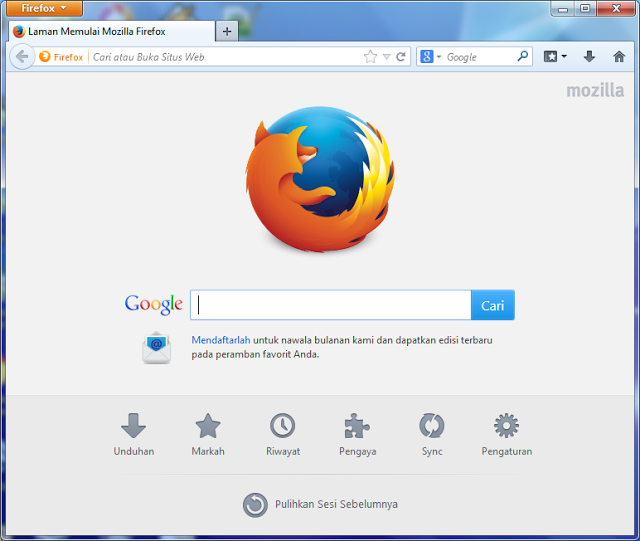
/cdn.vox-cdn.com/uploads/chorus_image/image/63377458/firefox_mozilla_logo_1.0.png)
The next step here is to find your way to the Advanced Preferences section in Firefox. If everything goes according to plan, Firefox should now be opened on your computer.
Check if there is a Firefox shortcut on the Taskbar, or the app’s library and launch it from there. Look for the shortcut on the desktop, then select it. 
If you are not fully certain how to launch Mozilla Firefox, then let us explain.
Click the toggle button and reboot Firefox 1] Open Mozilla Firefox. Luckily, this isn’t a difficult affair and can be accomplished in less than a minute. How to enable the extension button in Firefoxīefore we can use the extension button on the Firefox toolbar, it must first be enabled. Still, we believe it will stay since both Chrome and Edge have incorporated it already, and we doubt Mozilla would want Firefox to miss out. We will have to go into the about:config section to turn it on, and that’s easily done so do not worry about it. Bear in mind that this is a test right now and at any time Mozilla could remove it. Now, this button is disabled by default, and there is no way to enable it via the typical Settings menu because it’s not there. Firefox now comes with the ability to add a dedicated Extensions menu button to the toolbar, one that is similar to that of Microsoft Edge and Google Chrome. If you are running a 64-bit version of Windows, are you going to start over and install a fresh version of the 64-bit version of Firefox or wait to be migrated? Leave a comment below and let us know.From time to time, the folks at Mozilla release a new version of Firefox with one or more hidden features. After you are migrated to the 64-bit version, Mozilla says you can get back to the 32-bit version by re-running the 32-bit installer from the Firefox platforms and languages page. However, the company hasn’t specified when that update will be released. According to the announcement from Mozilla, the company says it will migrate 64-bit Windows users to the 64-bit version of Firefox in an upcoming update. The other option you have is to just wait. So, to avoid confusion you’ll want to manually uninstall the 32-bit (x86) version for best results. It’s important to note that if you go this route, the 64-bit version will not replace the 32-bit (x86) version. That will automatically give you the 64-bit version which is now the default. The first way is to download a fresh copy of Firefox and install it. 
If you’re running 64-bit Windows, there are two ways to get the 64-bit version of Firefox. To view the version of Firefox that’s installed on your system, go to Help > About Firefox on the Menu bar. If you’re running macOS or Linux your version of Firefox is already optimized for 64-bit. The article covers how to find the architecture of Windows 7, Windows 8, and Windows 10. Note: Not sure which version of Windows you’re running? Check out our article on how to tell if your PC is running 32 or 64-bit Windows.


/cdn.vox-cdn.com/uploads/chorus_image/image/63377458/firefox_mozilla_logo_1.0.png)




 0 kommentar(er)
0 kommentar(er)
